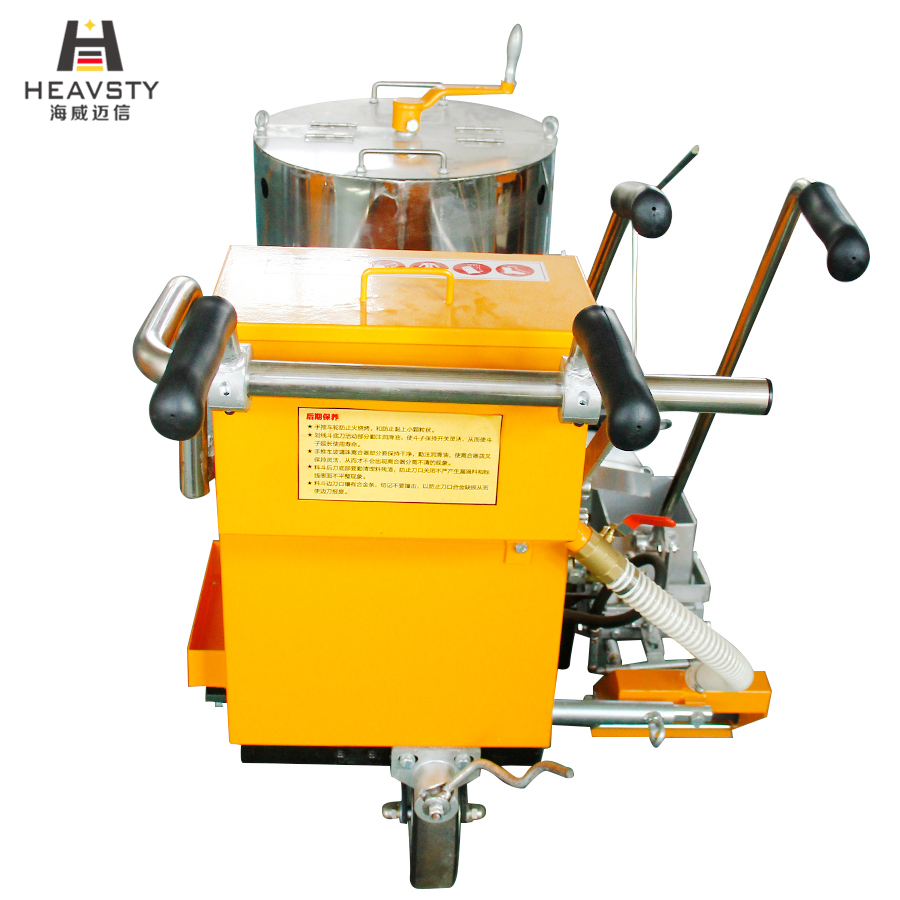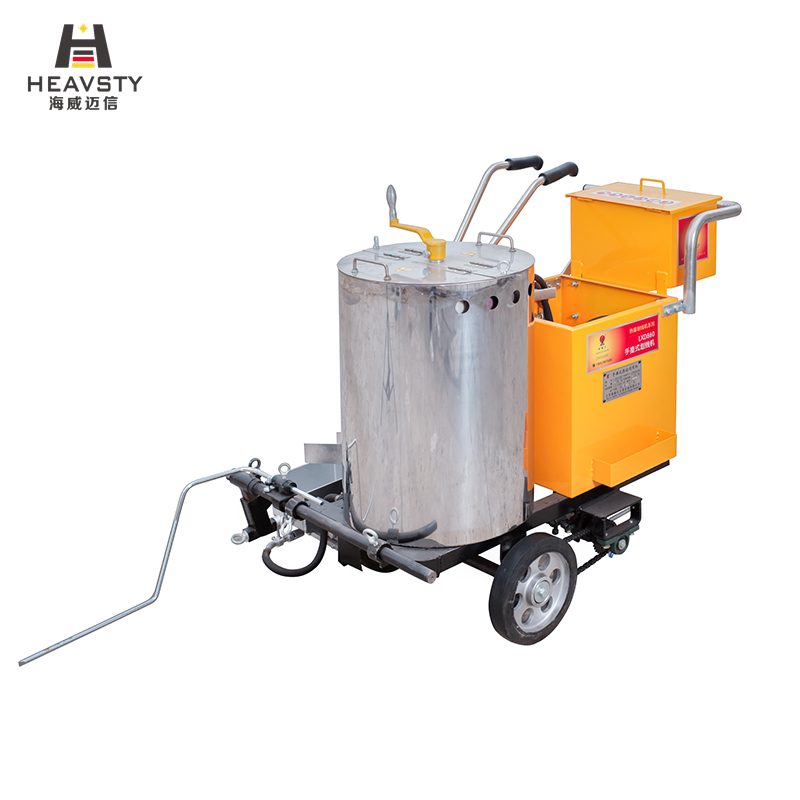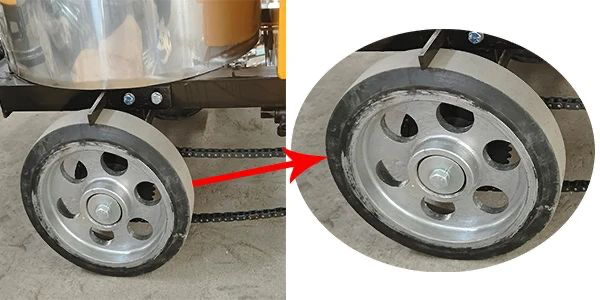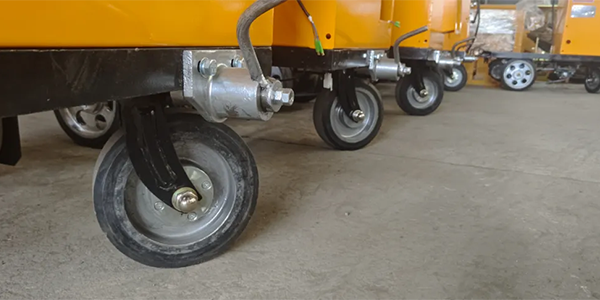

The main differences between hollow tires and solid tires are as follows:
1、 Structural characteristics
Hollow tire: an internal hollow structure composed of rubber outer tire, curtain layer, steel wire ring and other components. The hollow part is usually filled with air under a certain pressure, which serves as a buffer and shock absorber.
Solid tire: The entire tire is made of solid rubber or other solid materials, without any hollow parts. Generally thicker and stronger than hollow tires.
2、 Performance Performance
① Buffer performance
Hollow tires: The presence of air gives them good cushioning performance, effectively absorbing vibrations caused by road bumps and improving driving comfort. During driving, hollow tires can deform to a certain extent according to different road conditions and loads, thus better fitting the ground and ensuring smooth driving.
Solid tires: The cushioning performance is relatively poor, and when encountering bumpy roads, the vibration transmitted to the vehicle is greater, resulting in lower ride comfort compared to hollow tires. But solid tires usually have stronger load-bearing capacity and are suitable for situations with high load-bearing requirements and harsh road conditions.
② Rolling resistance
Hollow tires: The rolling resistance is relatively small, which means that with the same power output, vehicles using hollow tires can travel longer distances and consume relatively less energy.
Solid tires: Due to their heavier weight and harder material, they have greater rolling resistance, which increases the vehicle's energy consumption.
③ Grip
Hollow tires: The grip can be optimized by adjusting the tread pattern and rubber formula, providing good adhesion under different road conditions such as dry and wet, ensuring the safety of vehicle driving.
Solid tires: Generally speaking, solid tires have more reliable grip, but they may not perform as well as hollow tires when driving at high speeds or making sharp turns.


3. Three dimensional maintenance cost
① Hollow tires
It is necessary to regularly check the air pressure to ensure that the tire pressure is within the appropriate range, in order to ensure driving safety and performance. If the air pressure is insufficient or too high, it will affect the service life and performance of the tire, and may even lead to dangerous situations such as tire blowouts.
Hollow tires may experience issues such as puncture and air leakage during use, and require timely repair or replacement. In addition, the wear of hollow tires also needs attention. When the tire wears to a certain extent, it needs to be replaced with a new tire, and the maintenance cost is relatively high.
② Solid tires
Solid tires do not require inflation, so there is no risk of air leakage or tire blowouts, and maintenance is relatively simple. In general, solid tires have a longer service life and do not require frequent replacement unless they suffer serious physical damage.
However, the cost of solid tires is usually higher than that of hollow tires, and due to their heavier weight, they may cause greater wear and tear on components such as the suspension system of the vehicle, thereby increasing the maintenance cost of these components.